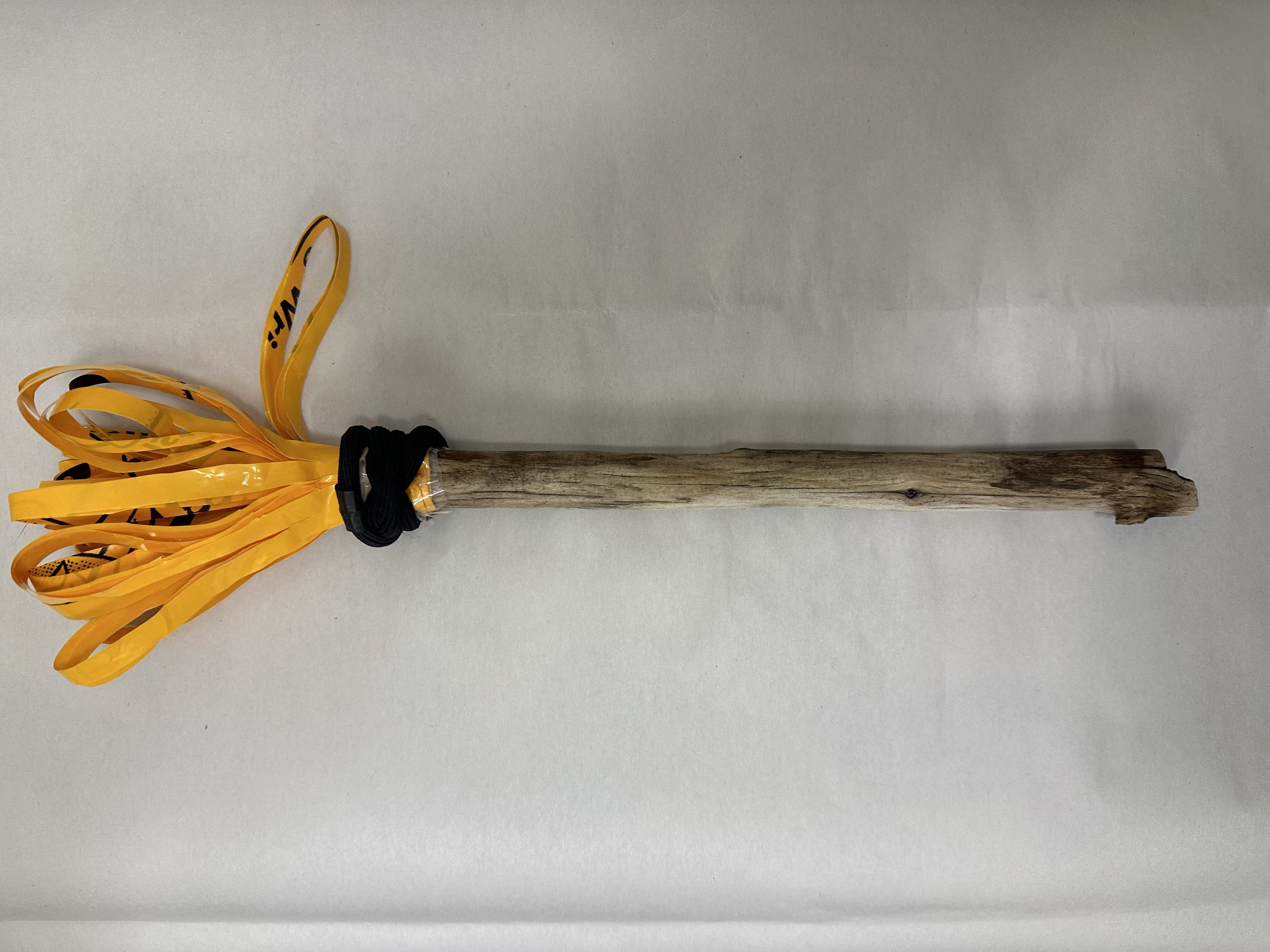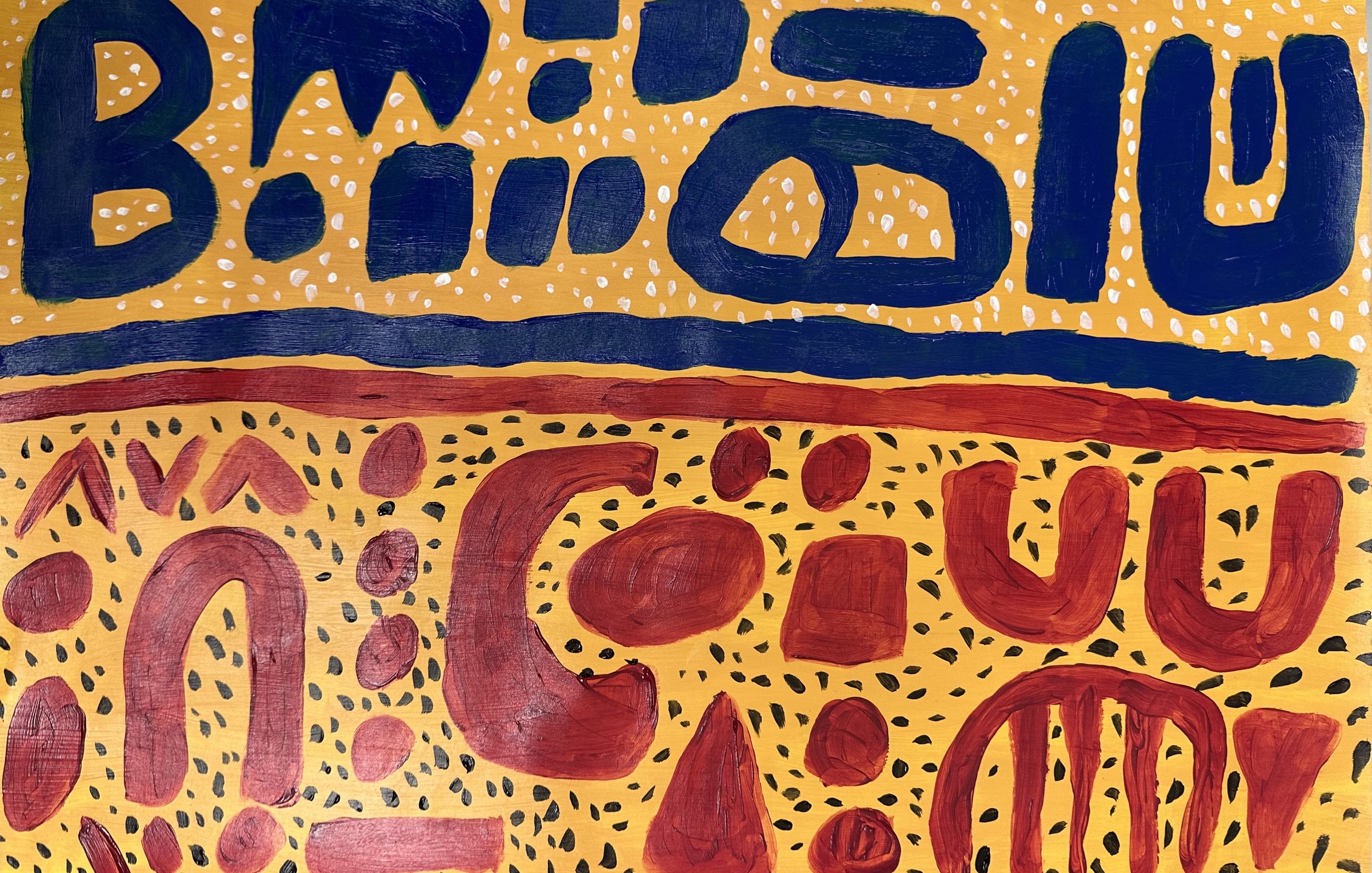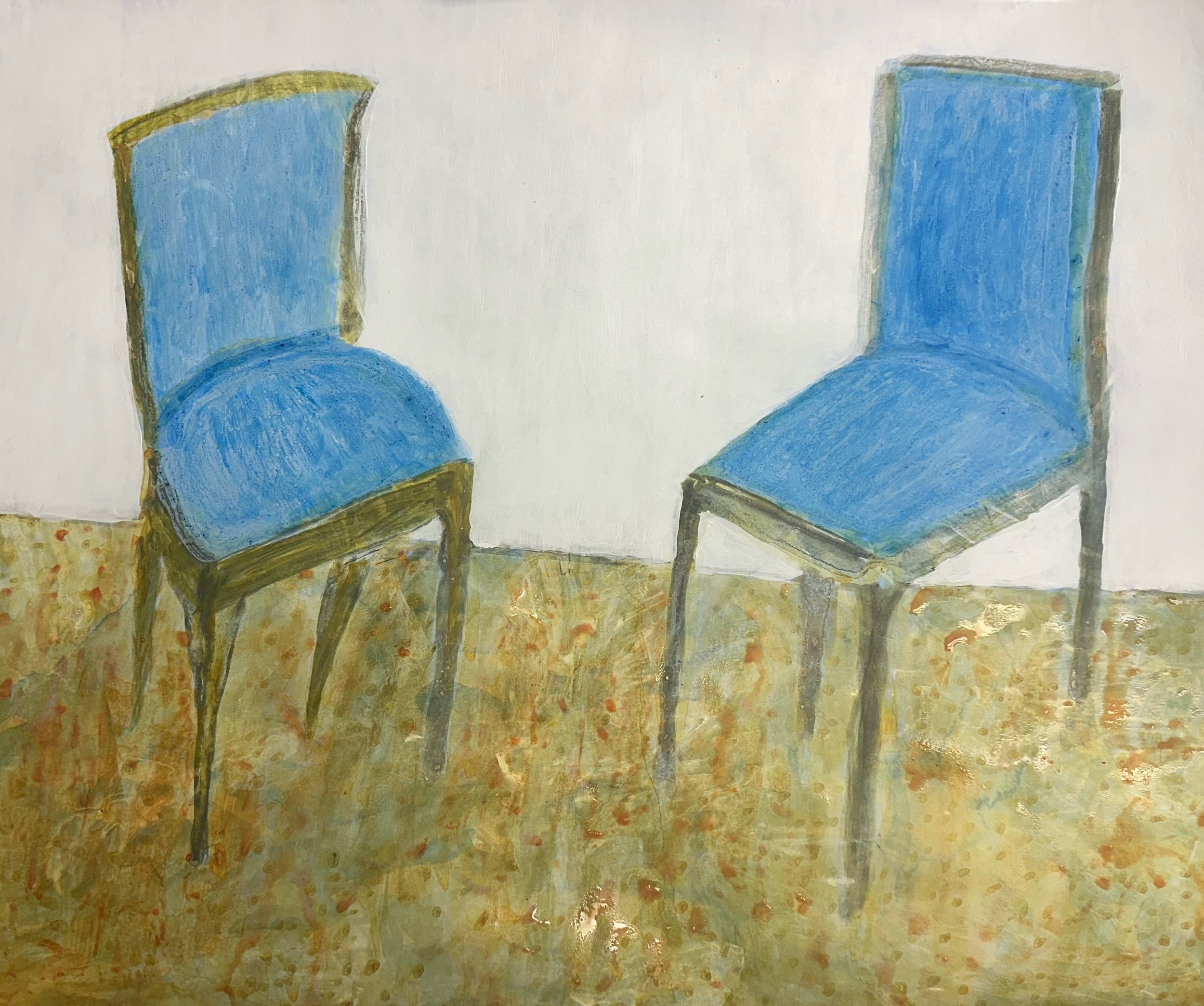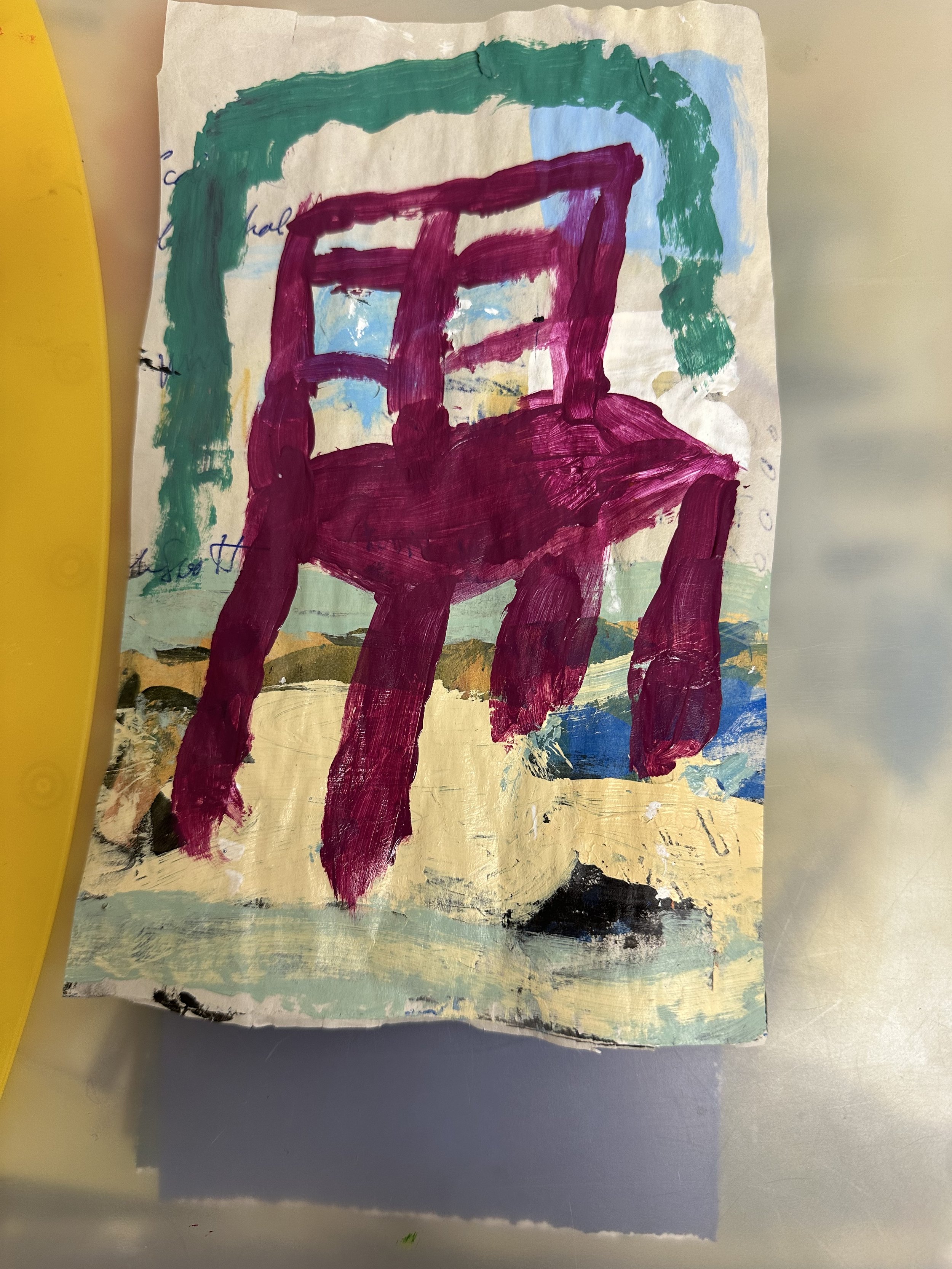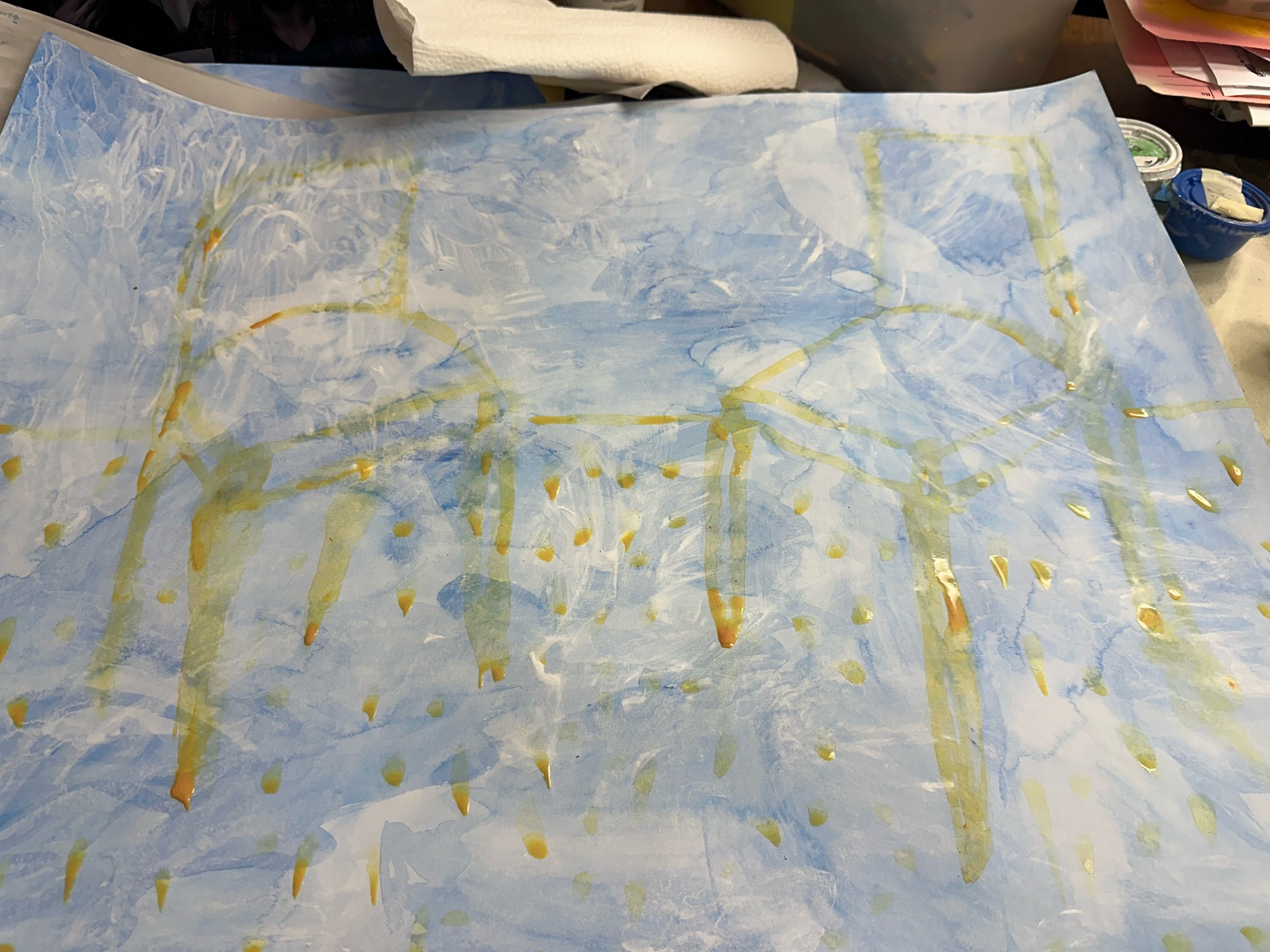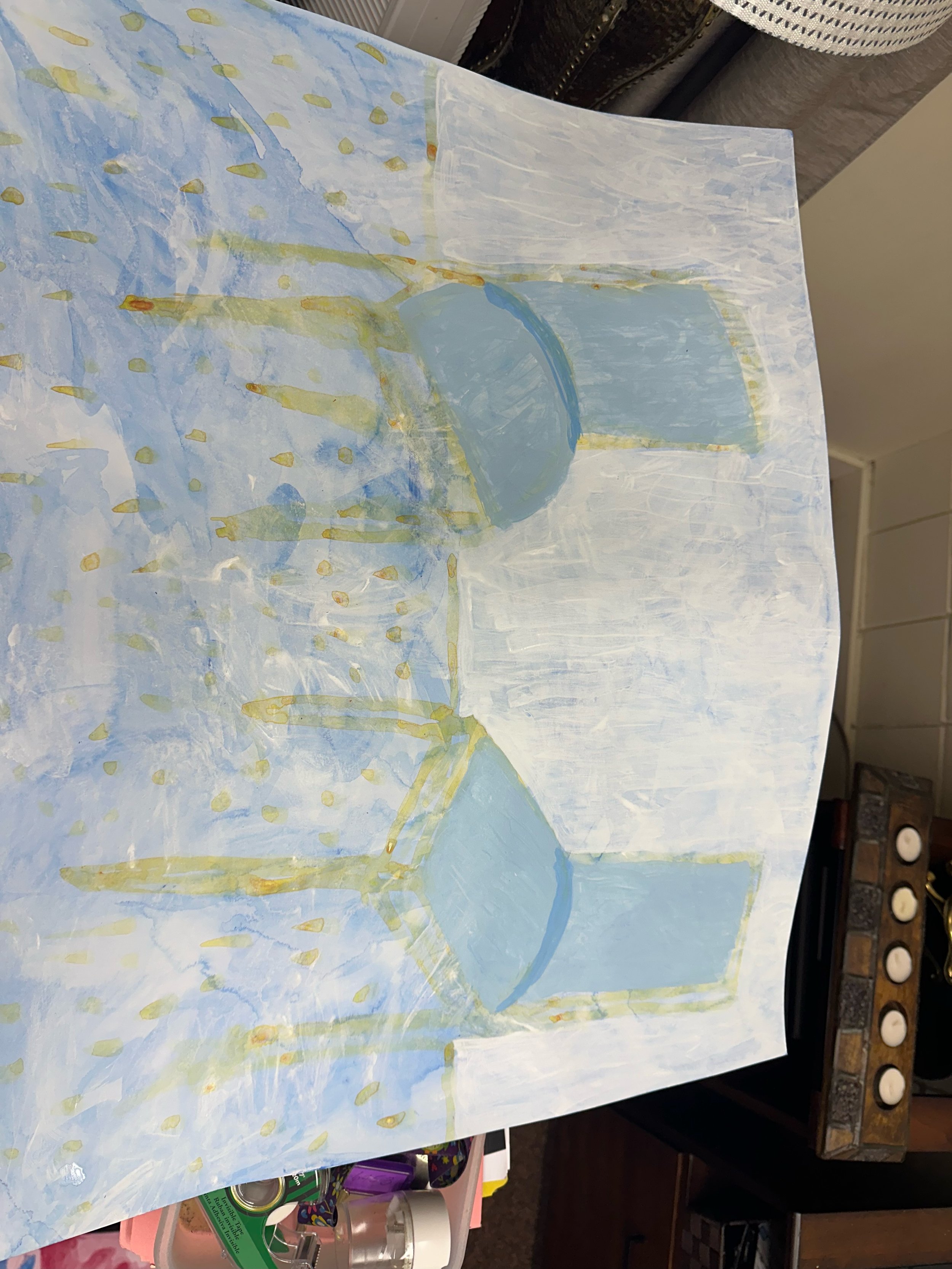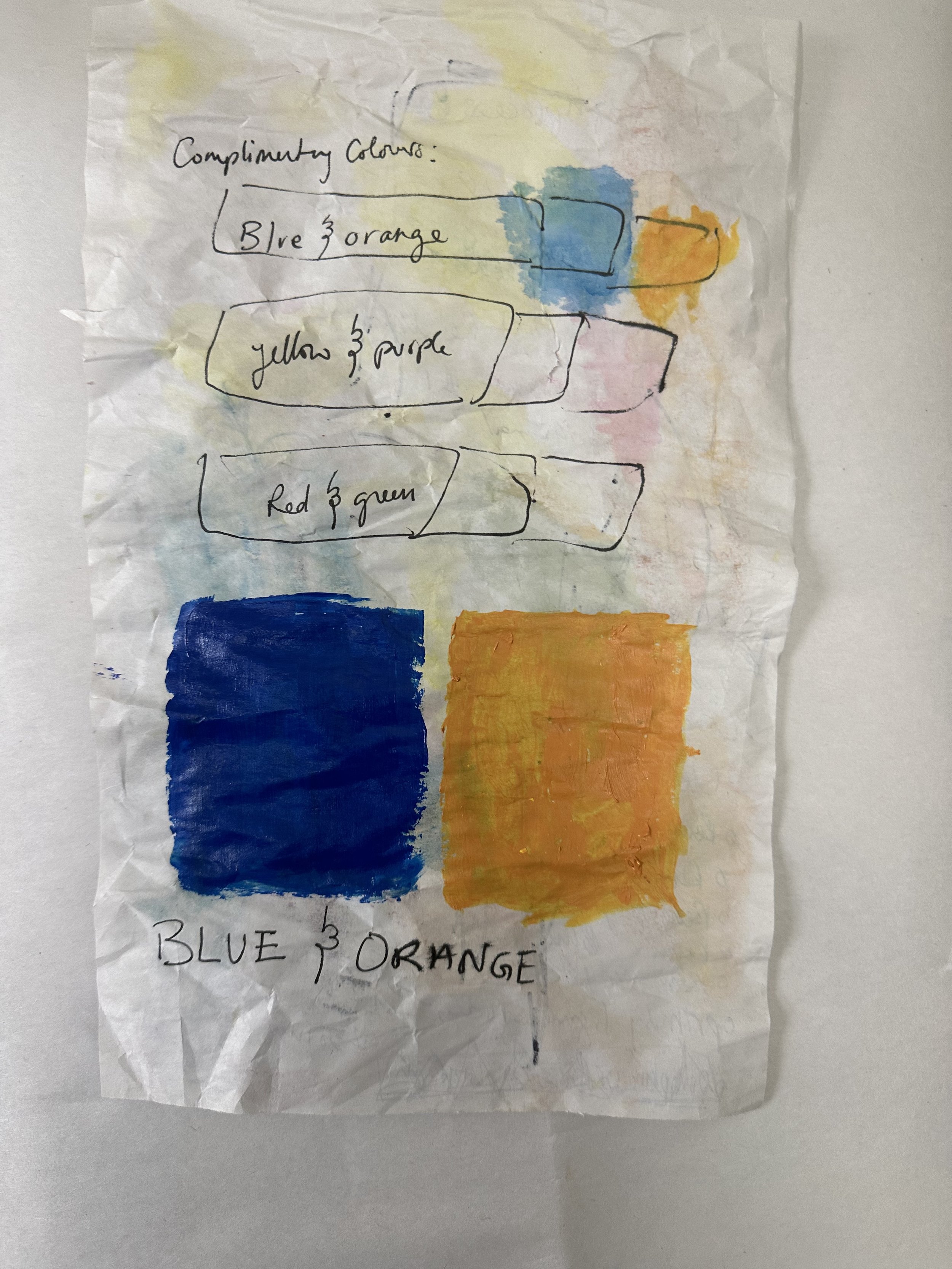This year, in August 2024, I enrolled at North Island College to complete my studies of the Fine Arts Diploma program that is offered through the Comox Valley Campus on Vancouver Island, BC. As part of our learning process, our instructors have encouraged us to share our process online. Made available to us was the option of creating a blog through the platform Wordpress however I was blessed to receive permission from my instructors to utilize my own personal blog in order to share my process and work instead. As such, this blog post is a gathering of the work accomplished while enrolled in the Fin 120 Colour Theory course. All my painting student work, assignments, research, creative process and development are shared here for you to explore!
Unit 1: Grey Scale
Project for creating an abstract piece of work in grey scale.
Our semester began with is learning about how to utilize a grey scale to construct an image. For our first project we were tasked with the construction of making an abstract image and with creating two cut our pieces (pictured below with my process work) of paintings that we made in our first class in the beginning of this wonderful journey.
We were then tasked with creating a self-portrait and with undertaking all the developmental creative process work necessary to execute that undertaking. The image above was my own self-portrait, which, unfortunately due to the time restraints imposed upon us as students, I wasn’t able to successfully finish in time for submission (meaning this image you see is where the piece was upon submission but not where it ended up after being able to dedicate more work on it). We were also given the restriction of using unconventional objects to create our final portrait. For myself, this was perhaps one of the most interesting moments of my whole course: I decided to construct my own paintbrushes using unconventional tools and then to paint with those.
We were asked to create an artist statement for the piece. I originally wrote it down in my creative process book, made available as an image down below, but have redrafted a statement about my final self portrait piece here:
”There is something powerful, cathartic, pathfinding, developmental, truth pointing and a process of self discovery that you go through when you are working on creating a self-portrait. In creating this self portrait, I struggled to depict myself in a realistic way, mostly, I believe due to the restrictions of time and lack of skills, the parameters used in this portrait of using unconventional tools (brushes that I made) and underdeveloped skills in image making that haven’t been previously explored. My exploration of making this piece with utilizing unconventional tools was greatly rewarding in unexpected ways: I created a small series of handmade artists brushes that is a body of sculptural work in and of itself (which I have found rich ground in wanting to work with this idea later on). This painting, despite it not being fully completed in time for critic (the lips leaving much opportunity) I could feel myself becoming a painter. The Self Portrait, this is something I would like to take on again, refine my process with and give myself time to be able to actually do a bit better and maybe on canvas too moving forward. This unit has been a hard one but I feel like I understand the process of painting better, in an odd visceral way, which has made me appreciate how artists such as Frida Kahlo and Van Gogh continued to return to that subject.”
Final Self Portrait in Grey Scale
The images below are a gathering of the process work from my process book that was undertaken in order to help me arrive at this picture, as well as some photos of my portrait while in process. I’ve also included some images of some paintbrushes I made and how they were used.
Unit 2:
In unit two we began exploring how to utilize colour in our painting practice. Our first project, which lasted the rest of the semester, was to create a colour wheel. Below, I’ve included an image of my own that I was working on. Perhaps, more than any other project I have ever done, the work of making a colour wheel was intense and arduous. In fact, even as I finished, I found there to be opportunities to reach my goal with creating a perfect colour wheel: I think this was a powerful moment in my own art practice as it helped me develop the perspective of being able to let go of perfection of outcomes and to be more focused in on the lessons the practice of making.
image of colour wheel before fixed to paper and glued down.
One opportunity that we are given as art students was the chance to work with live models to paint from. I struggled with this initially but found that I got more loose and better and seeing as we moved into the model studies for the third unit of the course. We did a series of 2 or 3 minutes and then two for longer sessions of about 1/2 hour each.
A large component of unit two was having us do projects as an exercise to understand use of colour in painting. We were asked to plan and work on these projects as a way to refine our ability to create dynamic compositions (I’ve included some of my exercises and projects down below this block of text). I really enjoyed working on the pumpkin piece in particular but feel it was my piece that I made by painting a trace out of both of my hands that is perhaps the most impactful work from this unit, for me.
I wanted to share some of my creative process book work and some of the process I went through for this unit and have included it as a gallery to view below this text.
Unit 3:
At the beginning of Unit 3 we were tasked with creating a complementary colour scale, a similar process where we mix two complimentary colours together ignorer to form different colours and record it in a gradient scale. I found this experience to be very powerful and educational; this was something I had, now seemly to great folly, never really considered before. In creating this complimentary colour scale I was rewarded with beautiful and complex colours and the process of mixing fascinated me endlessly.
Complimentary Colour Scale
As we did in unit 2, we worked on more model studies in class. The second time I attempted this exercise I found that I got more loose and better and that my ability to see had improved. We did a series of 2 or 3 minutes and then two for longer sessions of about 1/2 hour each, same as before, however this time we were blessed with the challenge of having to models in one sitting to work with.
Our final project was a difficult undertaking for me: making a painting from observation with utilizing the complimentary colour scale that we created. At this point, my personal life and health journey was a real struggle and I was trying my best to cope with all of life's pressures while still continuing through on my course work. I hadn’t expected the trajectory of this course to end in the way that it did but perhaps that’s one of the biggest rewards that comes from having na art practice that I learned about this semester: art is a journey of fantastic magical thinking and we don’t always know where it will take us but the place where we end is often one of self-fulfillment, self-awareness, self-healing, self-preservation and self-development.
Image of my final painting for the course as it was brought to the critic for the final class.
For our final project we were asked to come up with an artist statement about the piece. I drafted my words in my process book and shared it in the image gallery below, however, I wanted to share a drafted version of my words for the piece as my sign off for this blog post:
“I found myself navigating difficult times in may family relationships as the semester drew to the end and the impact on myself as a student, person and artist were palpable. One of the biggest changes that impacted me which occurred while making my way through my interpersonal conflicts and obligations was the space where I worked, how I operated in that space and how I creatively responded to these boundaries. I was working in a small office space where I was obligated to keep two blue chairs in the space and while they initially posed as a challenge to overcome they eventually became the pieces which I was inspired to work with for the project. These two wooden and blue fabric chairs became compelling objects where I created narratives around them and projected relationships onto them as I began to tackle them as a subject. There was something captivating in the tension between these chairs; what was happening, what would happen, what could happen and what had already occurred. These two spaces of being, defined by the seat these chairs create, became a holding space for my personal and creative failures, for the anxiety and commitment I have to the relationships in my life. I had a great difficulty in overcoming presenting the chairs, as with the nature of painting, they were moved around a lot to prevent them from being wrecked by exposure to my acrylic paints. My lack of technical skill prevented me from imagining what the chairs should look like in order to read as “correct” and instead present as if their perspective is skewed or off; while initially I was intending to correct the perspective in the work, I inevitably decided to create another piece inspired by this one and to let the mistakes stand in a hope that they convey the emotional elements and narrative constructs which were the genesis.”
Some of my creative process and some work from my creative practice book are below to view.











